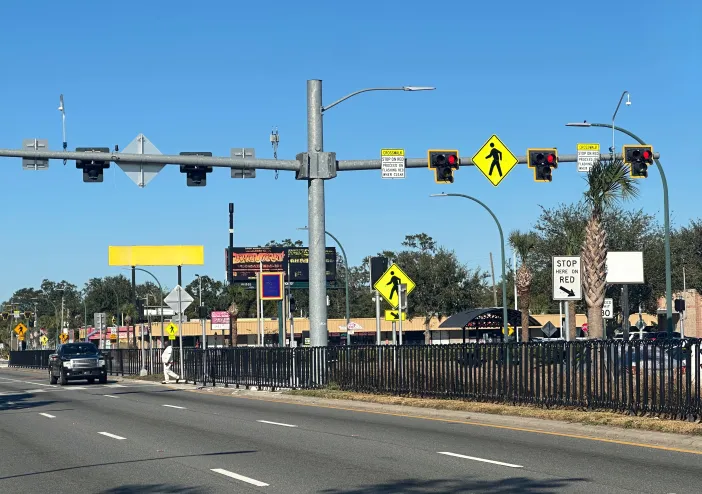
The company is also showcasing a customisable software development kit (SDK) which includes the ARC 2-sensor camera system for projects which require more data.
According to Contrast, ARC provides real-time high-dynamic range (HDR) video which expands contrast ratios and deepens colour palettes. It is expected to capture up to 13 stops of dynamic range and streams live HDR video which can be used to enhance imaging applications.
The SDK also includes the LUX HDR camera system which comes with three sensors and captures up to 18 stops of dynamic range on demand. It provides enhanced detail even in demanding lighting conditions, the company adds.
Stand: 1J76










